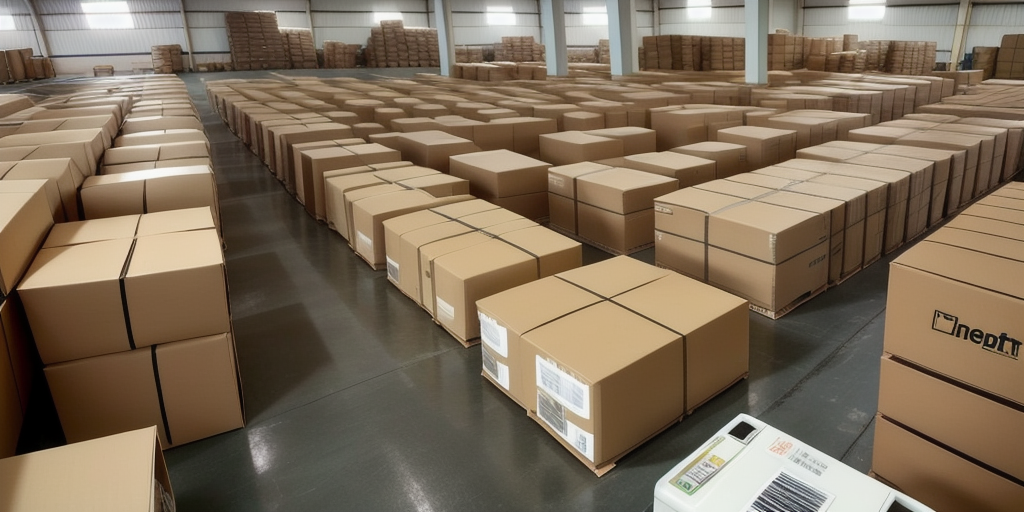Introduction
The paper industry is a heavyweight in the world of manufacturing. International Paper and Pratt Industries are two of the biggest players in this sector. This article provides an in-depth analysis of these companies, examining their financial performance, sustainability practices, impact on local communities, and more. Additionally, we explore what the future holds for these industry titans.
Company Histories and Background
International Paper
Founded in 1898 in New York, International Paper (IP) quickly established itself as a leading paper company through mergers and acquisitions. Today, it operates in more than 24 countries and employs over 50,000 people.
Pratt Industries
In contrast, Pratt Industries is a privately-owned, family-run company founded in Georgia in 1948. It has grown steadily, now operating 68 facilities across the U.S. and employing around 10,000 people.
Despite differences in size and ownership, both companies have significantly contributed to the paper industry. International Paper has been recognized for its commitment to sustainability, being named one of the world's most ethical companies by the Ethisphere Institute for 14 consecutive years. Pratt Industries has pioneered the use of recycled paper and is lauded for reducing waste and promoting environmental sustainability.
Industry Overview and Key Players
The paper industry is broadly categorized into packaging and printing papers. Packaging paper includes products like boxes, bags, and cartons, while printing paper encompasses newspapers, books, and stationery. Both International Paper and Pratt Industries operate in these categories.
Other major players in the industry include Georgia-Pacific, WestRock, and Domtar.
Despite digital media's rise, the paper industry remains a significant economic contributor, expected to grow due to increasing demand for sustainable packaging materials. Companies are investing in research and development to create eco-friendly, recyclable, or biodegradable paper products.
Additionally, smaller, independent paper mills focus on niche products, producing handmade or specialty papers for high-end printing and packaging applications. These mills offer unique, customized products catering to specific customer needs.
Comparative Analysis: Size, Financial Performance, and Global Reach
Revenue and Financial Metrics
In 2023, International Paper reported revenues of approximately $25 billion, significantly higher than Pratt Industries’ $4 billion. While IP's size provides economies of scale, it also makes the company more susceptible to industry fluctuations. Pratt Industries, with a smaller revenue base, enjoys greater agility in responding to market changes.
Regarding profitability, International Paper maintains a net income margin of around 4.5%, compared to Pratt’s 2.8%. Additionally, International Paper has a debt-to-equity ratio of 1.2, suggesting higher leverage, whereas Pratt's ratio stands at 0.6, indicating a more conservative financial structure.
Global Presence
International Paper boasts a robust global footprint, operating across North America, Europe, Latin America, Asia, and Africa. This extensive presence allows IP to access diverse markets and diversify its revenue streams. Pratt Industries, while primarily operating in the United States and Australia, has a more limited international presence.
This difference in global reach affects each company's ability to tap into new markets and manage regional economic variations.
Products, Services, and Technological Innovation
International Paper
International Paper produces containerboard, corrugated packaging, pulp, and a variety of paper products. They offer printing papers, including coated and uncoated varieties, specialty papers, and digital papers. Additionally, IP provides services such as logistics, recycling, and consulting to enhance customer sustainability efforts.
The company has invested in new technologies like digital printing and advanced packaging solutions to meet evolving customer needs.
Pratt Industries
Pratt Industries specializes in sustainable packaging solutions, offering 100% recycled paperboard, corrugated packaging, and display packaging. They emphasize innovation, developing unique products like the "PizzaGuard" technology, which maintains pizza freshness during delivery.
Pratt also operates a closed-loop recycling system, collecting and recycling its packaging waste to create new products, thereby minimizing waste and resource use.
Sustainability Practices and Community Impact
Sustainability Initiatives
Both International Paper and Pratt Industries prioritize sustainability. International Paper has set ambitious targets, aiming to reduce greenhouse gas emissions by 20% by 2030 and enhance water conservation efforts. They have achieved Forest Stewardship Council (FSC) certification, ensuring responsible forest management practices. Learn more about FSC here.
Pratt Industries is committed to using 100% recycled paperboard in its products. The company maintains FSC certification and employs closed-loop systems in its mills to reduce waste and conserve natural resources.
Impact on Local Communities
Both companies significantly impact the communities where they operate. International Paper engages in local initiatives such as education programs and disaster relief efforts. Pratt Industries supports local communities through its philanthropic arm, the Pratt Foundation, which funds various community development projects.
Moreover, International Paper promotes biodiversity and responsible forestry, while Pratt Industries has been recognized with awards for its sustainable packaging and recycling efforts.
Future Trends, Technological Advances, and Market Adaptation
Industry Trends
The paper industry is evolving with trends like increased demand for sustainable products and the integration of digital technologies. Both International Paper and Pratt Industries are adapting by investing in sustainability and expanding their product offerings to meet these trends.
However, the rise of digital media and e-commerce poses challenges, potentially reducing the demand for traditional printed materials. Both companies must innovate to remain relevant in a shifting market landscape.
Technological Innovations
Advancements in technology, such as digital printing with lower environmental impact and automation in production processes, are shaping the future of paper production. International Paper and Pratt Industries are leveraging these technologies to enhance efficiency, reduce resource consumption, and develop new products.
These technological investments are critical for maintaining competitiveness and meeting sustainability goals.
Marketing Strategies and Legal Considerations
Marketing Approaches
International Paper employs a multi-channel marketing strategy, engaging customers through direct sales, marketing campaigns, and a significant digital presence. Their marketing emphasizes product quality, reliability, and sustainability.
Pratt Industries differentiates itself by highlighting its sustainability commitment. The company uses humor and pop culture references in its marketing to engage audiences and build a recognizable brand identity focused on environmental responsibility.
Legal Issues
Like many large companies, both International Paper and Pratt Industries have faced legal disputes ranging from environmental compliance issues to patent infringements. Both companies strive to resolve disputes amicably and maintain a commitment to legal and ethical standards.
For detailed legal histories, refer to reputable legal databases or the companies' official disclosures.
Consumer Value Proposition
For consumers, the choice between International Paper and Pratt Industries often comes down to individual priorities. International Paper’s large-scale operations allow for competitive pricing and a wide range of products. Conversely, Pratt Industries’ strong emphasis on sustainability appeals to environmentally conscious consumers willing to prioritize eco-friendly options.
Ultimately, the better value for money depends on the consumer's specific needs and values.
Conclusion
International Paper and Pratt Industries stand as two of the leading companies in the paper industry, each with a rich history and a strong commitment to sustainability and community engagement. While International Paper offers a broader global presence and diverse product lines, Pratt Industries excels in sustainability and innovative packaging solutions. Consumers and investors alike must consider their individual priorities when evaluating these companies. As the paper industry continues to evolve, both companies are well-equipped to navigate future challenges and opportunities.






















